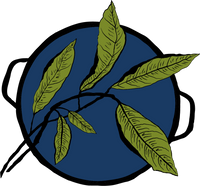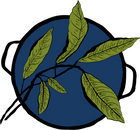From bare fiber to finished product, each skein of yarn or yard of fabric takes 4 to 6 days to make. On this page, I'll share the steps of hand dyeing these colorful fibers.
Each piece is a labor of love with natural dyes. I hope you enjoy learning about the science and fun behind the dyeing process with me.

All Modus Operandi Fibers yarn and fabrics are dyed with botanical and natural dyes. To maintain consistency and quality of signature colors, dyes are purchased from a trusted natural dye supplier and recipes are used for Signature Colors. Dye left over in the bath is reused for limited colorways. Yarn bases are purchased from many U.S. suppliers that source and spin non-mulesed wool from the U.S. South America.

Most Limited + Seasonal yarn and goods are dyed with flowers, leaves, fruits, and seeds from my garden, neighborhood and local restaurants.
I maintain a garden with dozens of natural dye plants, and forage for black walnuts and sumac when available. Examples of botanical ingredients collected from restaurants include avocado pits and onion skins.

Fiber is soaked in water to start the process, then placed in a mordant bath, heated, and soaked for hours to prepare for dyeing.
A mordant bath is a mixture of water and a mineral salt used to affix dye to fiber. Mordant helps to 'bite' the dye to the natural fibers, ensuring consistent, deep colors that won't fade. Different mordants can produce different colors from the same dye. A tannin bath is used before mordanting all celluose fibers.

Once the fiber is prepared, it's ready for the dye bath.
Before dyeing, fibers are once again soaked in water. A dye bath is prepared with natural and botanical dyes. Yarn, fabric or fibers are placed in the dye bath and usually heated for up to 2 hours. Some fibers are dipped in a post-mordant bath to shift colors. Cooled, dyed fiber is then rinsed thoroughly to remove excess dye particles.

Fiber is dried. Yarn is twisted into skeins and labeled, fabric is washed and ironed.
I send out the yarn or other naturally dyed goods to you, and get to see all your beautiful makes and wears!
To learn more about gardening and natural dyeing, check out Dirt Dye Make.




